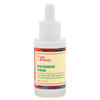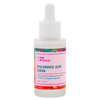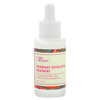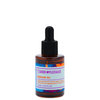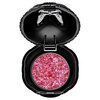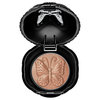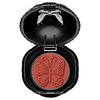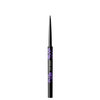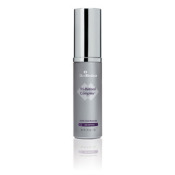
What’s on your ultimate skin care wish list? Perhaps it’s 1) banish acne, blackheads, and whiteheads; 2) minimize pore size; 3) smooth out those fine lines; 4) and maybe even also lighten those pesky dark spots. Seem too ambitious? Turns out, the proper dosage and usage of Retin-A may be able to tackle all of these issues.
Retin-A, a prescription-only, high-dosage derivative of vitamin A, has been used by dermatologists for more than 40 years to treat acne. But new studies have found the topical drug to be even more effective than originally thought: it inhibits the loss of collagen, giving it anti-aging properties, and it also can help prevent the development of pre-cancers.
We asked Dr. Elizabeth Hale, M.D., a dermatologist and clinical associate professor of dermatology at NYU School of Medicine and self-proclaimed “365-day Retin-A user” (she primarily uses it to reduce signs of aging) to answer all of our burning questions about this wonder-Rx.
Retin-A 101
One of the most common questions is: what’s the difference between Retin-A and retinol? They’re both made from high-grade vitamin A derivatives that promote faster skin cell turnover (depending on your age cells turnover anywhere between 21 to 90 days—the older you get, the slower the turnover). Both have been proven as some of the most powerful and effective treatments for skin issues like acne and aging. Retinoids are available in both prescription form and in a range of over-the-counter products. “Retin-A is one of the most common topical medications prescribed to treat acne for people of all ages,” says Hale. Retinol is a much weaker form of a prescription retinoid (roughly a quarter of the strength), but can be found in many products that don’t require a prescription. But retinol is not nearly as effective as Retin-A—and if vitamin A isn’t listed as one of the first five ingredients on a label, chances are what you’re buying won’t help.
Who it’s best for
Retin-A is safe and most often prescribed to acne-prone teens. But Hale says it’s helpful for all ages—she has clients in their 20s, 30s, and 40s with acne who use it, and others who rely on it as an effective anti-aging regimen in place of more-expensive treatments (like lasers or Botox).
Aside from sunscreen, it’s the number one anti-aging ingredient. “It can help improve skin texture, minimize the appearance of fine lines, reduce the size of pores, lighten dark spots, exfoliate the skin, and even clear acne,” explains Hale. It can also prevent collagen breakdown and stimulate collagen production for younger-looking skin (read: prevent wrinkles).
One of Hale’s colleagues has been demonstrating for years—if not decades—on her left hand, how little needs to be used (a pea-size amount should cover their entire face and neck). “If you look at her two hands next to each other,” notes Hale, “her left hand looks years younger than her right.” It’s no wonder so many people want to get their hands on some (sorry, couldn’t resist!).
When to use Retin-A...
“I can’t emphasize enough that a little bit goes a long way,” says Hale. If you’re new to Retin-A, Hale suggests you start off by using it one night a week, build it up to three, then every other night, and eventually, your skin will build up a tolerance—then you can use it every night. Since Retin-A can dry your skin out, make sure you follow the treatment with a moisturizer. Also note that sunlight can make the treatment inactive, so avoid using it in the morning. If you’re going on a sunny, tropical vacation, make sure you stop using Retin-A a week prior.
** …and when not to**
While using Retin-A, Hale recommends avoiding the use of alpha hydroxy acids, glycolics, and chemical peels. Self-tanners can be okay, you just want to make sure your skin doesn’t get irritated, so make sure you perform a spot test before you apply tanner all over. Also, don’t stay out in the sun for long periods of time and avoid tanning beds. Lastly, don’t apply any sort of Retin-A after you shave—it can cause your skin to sting.
The downsides
Hale always cautions her patients—especially if they’re acne-prone—that Retin-A, in some cases, can cause skin to worsen before it gets better. Acne that’s buried under the skin will sometimes surface. “I tell patients to stick with it,” advises Hale, “It can take several weeks or even months for skin to look clear, but it’s worth it.” Harsh reactions can occur, typically because, “people get overzealous and think more is better,” claims Hale. However, those with sensitive skin—like rosacea or eczema—have to be extra cautious when using, and always consult with their dermatologist.
The cost
The only other major downside is the cost. If you’re older 18 and don’t have documented acne, chances are, insurance won’t cover it. “Even if you have to pay for it, you know you’re going to get results, so it’s worth the investment,” says Hale. You can pay out of pocket for brand-names like Retin-A, but that can cost up to $100 per tube. Generics do exist, such as tretinoin, but are still in the $80-$100 range. There are lesser-grade retinols in some skin care products but they are less concentrated and may take longer to fulfill your skin wish list. Over-the-counter retinols—like Skinmedica Retinol Complex—can be picked up from a dermatologist’s office for roughly $60. Or a drugstore option would be Roc Retinol Correxion Deep Wrinkle Night Cream that’s about $20.
Featured Products
You Might Also Like
-
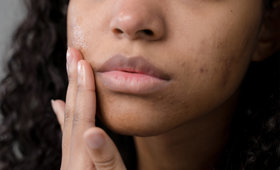
Blemish & Acne Treatments
Acne Aftermath: How to Fade & Conceal Acne Scars
- 806
-

Sun Protection
The Past, Present, and Future of Sun Protection Products
- 200
-
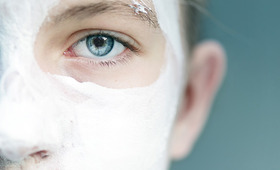
Masks
Which Face Mask is Right For You?
- 3038
-
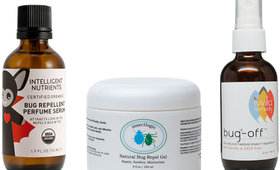
Skincare
3 Glam Bug Sprays That Really Work
- 344
-
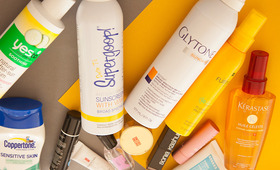
Sun Protection
Summer Beauty Special! A Head To Toe Guide to Suncare Products
- 1138
-

Masks
Slumber Party D.I.Y. Beauty Ideas!
- 522
-

Skincare
How to Layer Your Skincare Products
- 1
-

Skincare
Beauty Secrets From "Afrobella"
- 53



